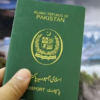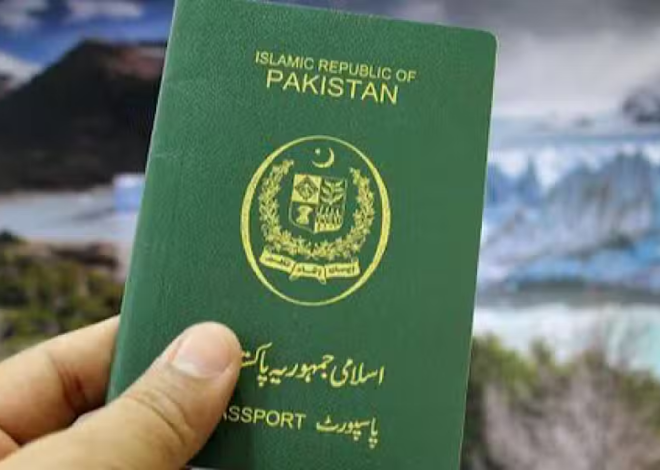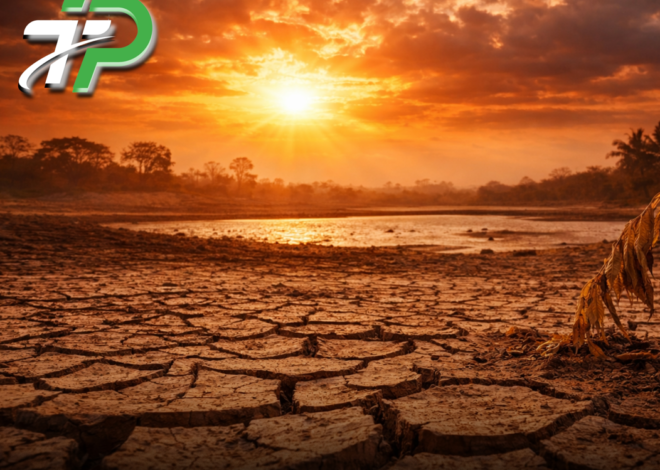
Scientists Rediscover ‘Lost Continent’ After 375 years : Zealandia’s Hidden Secrets
In a remarkable scientific breakthrough, researchers have rediscovered Zealandia—a submerged continent in the Pacific Ocean that had long been overlooked and misunderstood. This groundbreaking discovery sheds new light on Earth’s geological history and challenges conventional notions of continental boundaries. Let’s delve into the fascinating story of how scientists unearthed Zealandia after 375 years of obscurity and the implications of this remarkable find.

Zealandia, also known as the “Eighth Continent,” is a vast landmass submerged beneath the waters of the Pacific Ocean. Despite its size—roughly the area of India—Zealandia remained largely unnoticed until recent years due to its predominantly underwater terrain. However, advances in marine geology and mapping technologies have enabled scientists to piece together evidence of Zealandia’s existence and significance.
The rediscovery of Zealandia represents a triumph of scientific exploration and collaboration, fueled by decades of research and data analysis. By meticulously studying seafloor topography, sedimentary deposits, and geological formations, researchers have pieced together the puzzle of Zealandia’s submerged landscape, revealing a complex and dynamic continent hidden beneath the ocean’s surface.

One of the key pieces of evidence supporting Zealandia’s status as a continent is its distinct geological characteristics, including continental crust composition, distinct landmass boundaries, and tectonic activity. Despite being largely submerged, Zealandia meets the criteria for continental classification, challenging traditional definitions of continental boundaries and prompting a reevaluation of Earth’s geological framework.
Moreover, Zealandia’s rediscovery has significant implications for our understanding of Earth’s geological evolution and the processes that shape the planet’s surface. By unraveling Zealandia’s geological history, scientists can gain insights into plate tectonics, sea level fluctuations, and the formation of continents over millions of years.
Beyond its scientific significance, Zealandia holds promise for exploration and research in fields ranging from marine biology and ecology to climate science and resource management. The continent’s unique geological features, including underwater mountains, deep-sea trenches, and hydrothermal vents, provide a rich ecosystem for studying biodiversity and ecosystem dynamics in the deep ocean.

Furthermore, Zealandia’s exploration offers opportunities for international collaboration and conservation efforts aimed at preserving the continent’s natural heritage and marine resources. By fostering partnerships between scientists, policymakers, and indigenous communities, researchers can work together to unlock Zealandia’s hidden secrets while safeguarding its fragile ecosystems for future generations.
the rediscovery of Zealandia represents a landmark achievement in Earth science and exploration, unlocking a hidden continent that has remained shrouded in mystery for centuries. As scientists continue to unravel Zealandia’s secrets and explore its underwater realms, they will undoubtedly uncover new insights into Earth’s geological history and the interconnectedness of life on our planet. From challenging traditional notions of continental boundaries to fostering collaboration and conservation efforts, Zealandia’s rediscovery opens a new chapter in humanity’s quest to understand the wonders of our world.







